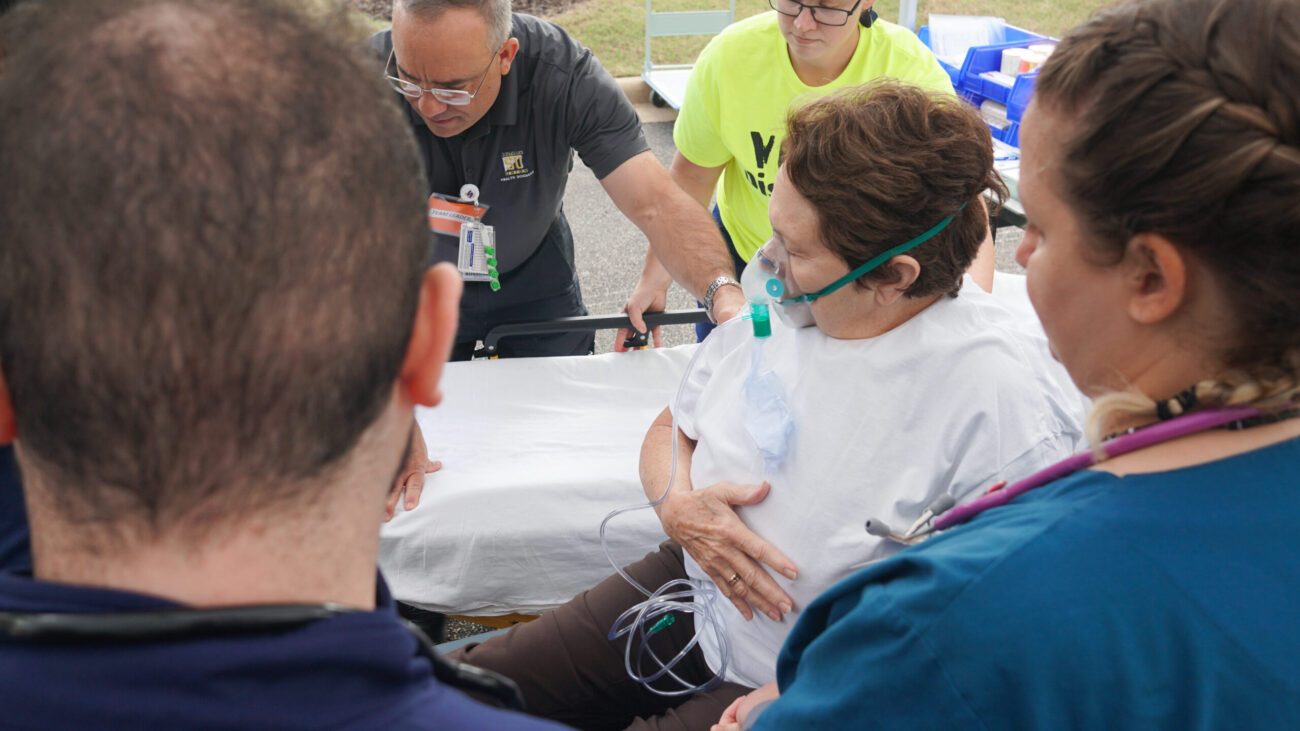Simulationist’s Guide to Budgets, Justification, and Hiring…Oh My!

Simulationists Amy Cowperthwait, CEO, RN, MSN, CNS, CHSE-A and Crystel Farina sat down to discuss the Simulationist’s Guide to Budgets, Justification, and Hiring…Oh My! The two experienced simulation educators provided several useful tips related to their personal experiences with the evolution of simulation in nursing.
1. Lay The Groundwork For Your Budget
Budgets are a critical part of any simulation program, but before you start budgeting for purchases, it’s important to lay the groundwork. This involves doing your research and making sure that you can answer any questions that might be asked about your budget or funding requests: What does the program need? Why does the program need this? How much will it cost?
It’s important to plan your budget in line with your mission and vision for healthcare education. To help justify your spending, you can use justification templates that can help guide you through key questions that stakeholders and administrators will want answers to.
During this process, it can also be helpful to maintain a simulationist wishlist. Sometimes, higher education institutions may come across extra funding, such as a donation or grant. In these cases, having a wishlist of the things you want for your simulation program can be incredibly helpful. If you have money left over in your budget at the end of the year, be sure to spend it. If you don’t, the excess funds may be taken away and your budget could be cut by that amount next year. So, make sure to spend everything you’ve planned to make the most of your budget.
2. Justify Your Needs
When it comes to justifying the cost of simulation to stakeholders, it is important to use data to support your case. Data can help demonstrate the effectiveness of simulation in improving student outcomes and can help justify the cost of simulation to stakeholders. It can also be helpful to share success stories and testimonials from students and faculty to help illustrate the impact of simulation. When presenting your budget and discussing the needs of the program, it is important to take emotion out of the decision-making process.
Set aside your personal preferences and think about whether the purchase aligns with the skills that you are looking to teach. It’s not just about the product; it’s about understanding how it fits into teaching the whole deal—communication, therapeutic relationships, professional roles, the works. This way, justification for spending becomes more about the learning journey and the growth of the simulation program and less about the numbers and fancy product features.
3. What To Look For In New Hires
Hiring the right people for your simulation program is crucial. It is important to look for people with an interest in simulation and healthcare. It is vital to look for individuals who also have a passion for student learning in a psychologically safe environment. You want to know that whoever you’re hiring is interested in the student’s perception of the learning and what the student receives from it. Looking for individuals with a variety of skills, including technical and educational skills can make a difference when it comes to building simulation programs.
Collaboration is an essential part of simulation, and having a diverse team with a range of skills can help to ensure the success of your program. Simulation is constantly evolving, and keeping up with new technologies and techniques is essential. Attending conferences, workshops, and webinars can help simulationists stay up to date with changes in their field.
If you enjoyed our guide to Breaking Down Costs in Simulation, check out more episodes of Simulation Nation below, and subscribe to our podcast and Youtube so you never miss an episode!












